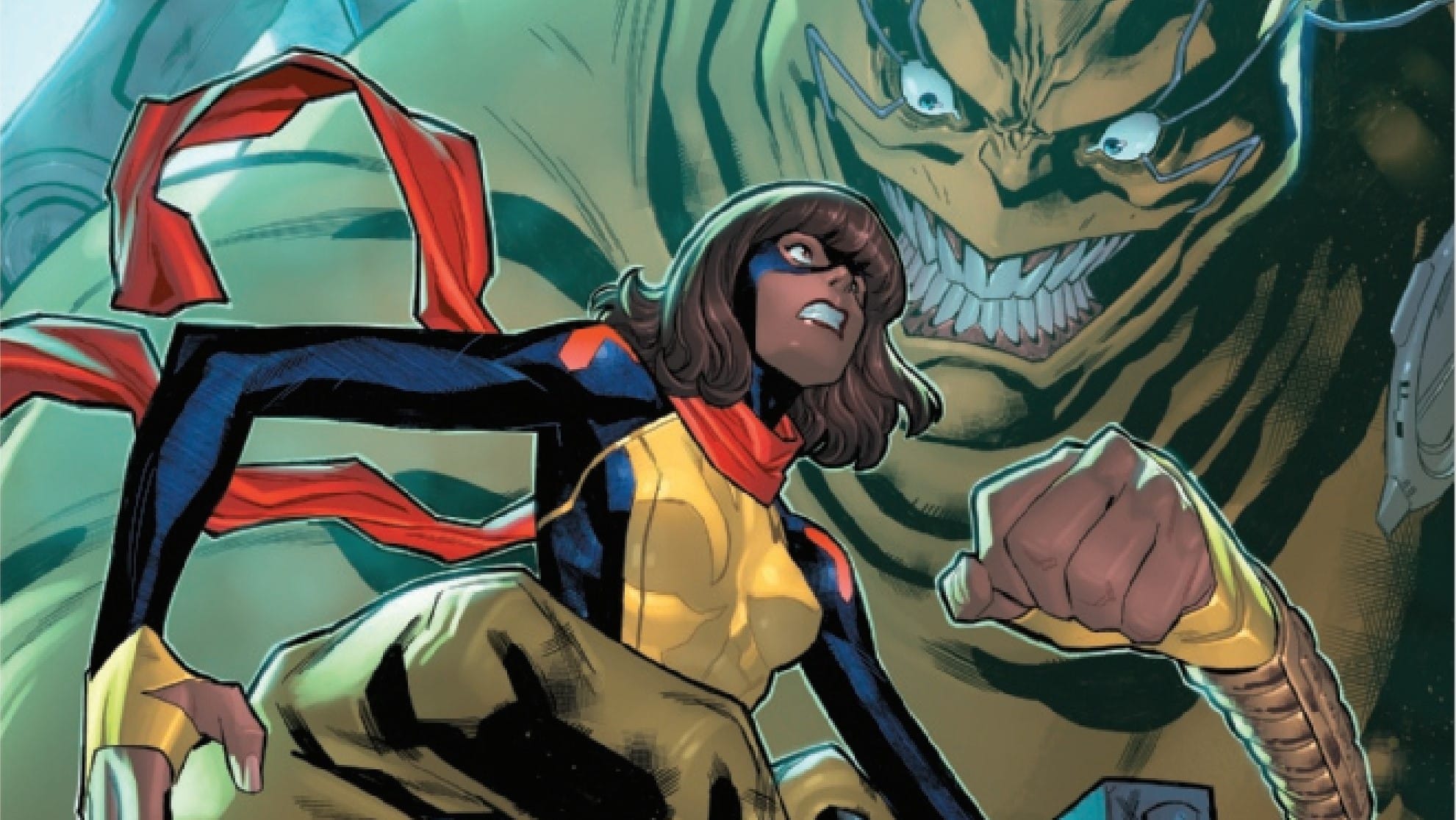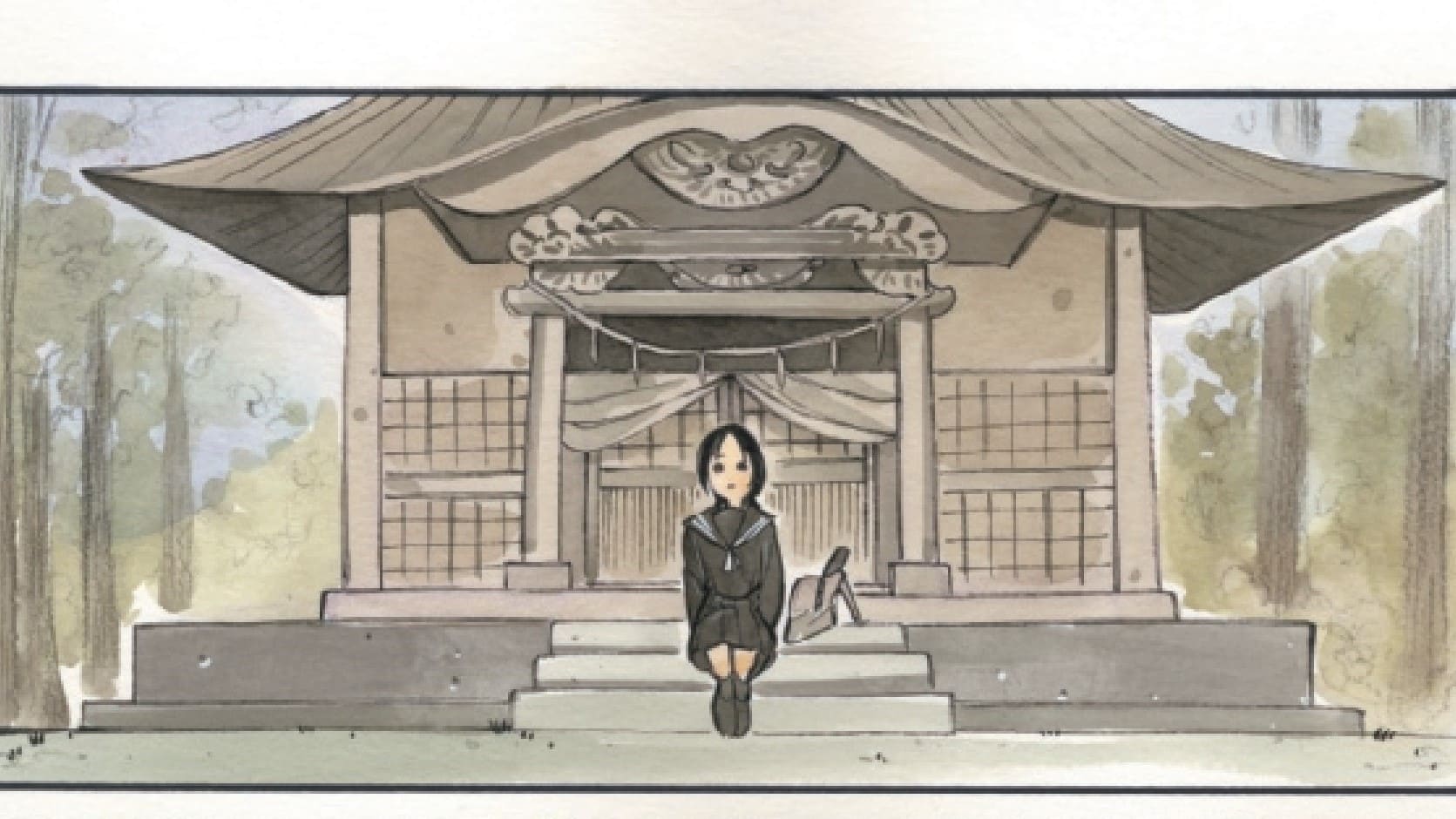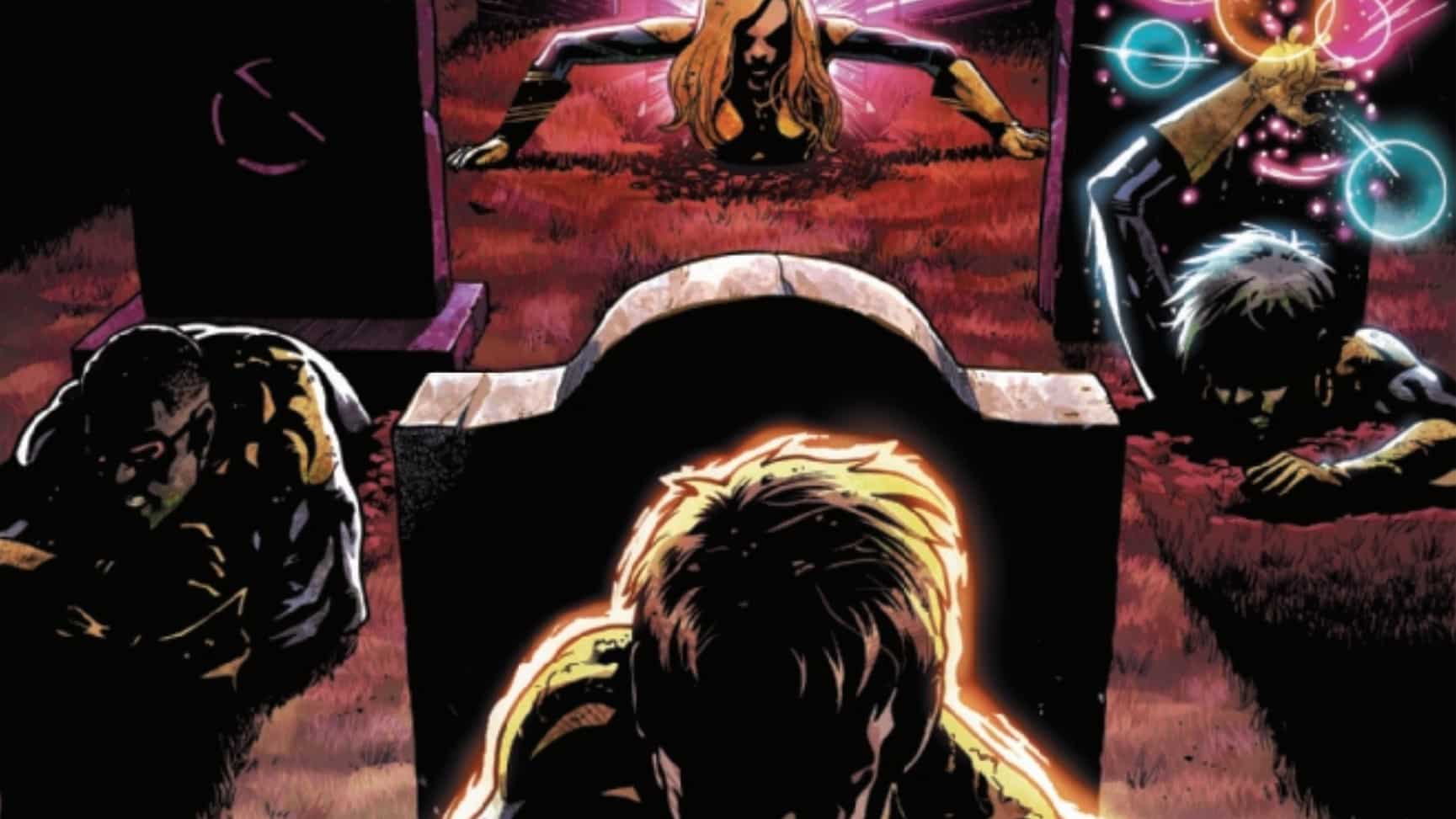Haha — our favorite anthology series about clowns — ends with a story that began in our other favorite anthology series, Ice Cream Man, and it’s produced by the same creative team: written by W. Maxwell Prince, drawn by Martin Morazzo, colored by Chris O’Halloran and lettered by Good Old Neon.
Content warning: This review contains discussion of suicide.

Will Nevin: Ari, what did you think of Ice Cream Man #8?
Ari Bard: Honestly, Ice Cream Man #8 was the one that really sold me that the series was something really special and that the creative team could put forth a self-contained narrative that really packed a punch while transcending genre. Beyond just form and experimentation, Ice Cream Man #8 brought the emotions hard. I forgot all about it until you reminded me of the connection, and going back to read it, it certainly has one of the darkest tones of any issue in the series. I think we eventually got to a point where putting out that level of intense nihilism was doing more harm than good, and Prince may have switched to a softer melancholy.
Will: I don’t think it would have been good for him — or us — to keep up with that same unrelenting dump truck of misery. But in picking up ICM #8 before getting into Haha #6 — since it wouldn’t be a W. Maxwell Prince joint without some homework — I was struck by how absolutely pitch black in tone it is — maybe more so than any other issue in the ICM canon. Death, dark, dank. Hell, you could argue that hope itself dies in the back of an ambulance in that issue.
Ari: You really could. Caleb the Cowboy was still largely a mystery at this point, but it felt like he represented a little sliver of hope in some of the small appearances he made in previous issues, but once you see him in the back of that ambulance, your heart really sinks. It’s interesting because despite being a prequel, I think Haha #6, the issue we’re really talking about today, is best read starting off in the same tonal place as where Ice Cream #8 leaves you.
Will: For sure — I think I’d recommend anyone who had both issues to start off with a reread before sliding into this week’s sticky sad treat. Haha #6, the finale of our little series of clowns and their sad stories, starts in that same eternal darkness — it’s a prequel, after all, so we know that Happy will take his own life by the end of the issue. But it takes a turn right there at the conclusion, much in the same way that ICM #8 attempts to end on a positive note.
Ari: I’m not sure I’d say that ICM #8 really does leave things on such a positive note. Sure, Caleb’s parting words are a little motivating, but when you see him dead on that last page, I think it’s harder to imagine that they ring true. Nevertheless, you are correct in that the end to Haha #6 is revealed much earlier in Ice Cream Man #8. It’s interesting that the latter issue is very broad and unfocused, bouncing back and forth between a lot of characters and events that are pretty messed up. Haha #6, however, is much more focused.
Will: I think ICM #8 tries to wrap on a hopeful note, but it’s this issue we have here that really sticks the landing — that makes the point we don’t have to be miserable in this life, that we can choose to see things differently. Which, now that I think about it, may be the entire point of Haha. Or would you prefer not to see it that way, Ari?
Ari: I think Haha #6, and the rest of the series for that matter, is about people who are placed inside a box, usually by constraints largely outside their control, and choose to step out of it. Choosing a different perspective or set of actions can really build you up or weigh you down, and I think it is that impact that’s largely explored in Haha.
Happy Hank the Not So Happy Clown

Will: This issue has to do a lot of heavy lifting, including putting a bow on this series and tying pretty closely into ICM, but that meta stuff can’t work unless the story of Happy Hank the Very Happy Clown works. So what did you think about that, Ari? Did the heartache of Happy Hank do anything for you?
Ari: It’s interesting because, while you are very correct in the sense that Haha #6 does have to connect a lot of things in a lot of ways, this issue feels very different from that era of Ice Cream Man or from anything in Haha we’ve seen prior. For early Ice Cream Man, there is a fairly important universality in the level of dark, psychological horror Prince was going for. We needed to feel like it could happen to us, so while a lot of messed up things may have happened to individual characters or to larger groups, it was always told with a level of omniscience brought by Rick, the Ice Cream Man, who can represent a large number of things. Prince’s stories don’t really turn more intimate or personal until a bit farther down the road. In Haha #6, the first thing we read is in first-person narration from a clown. It’s a lot easier to distance yourself away from Hank’s projected tone because of how self-contained his misery starts out as.
Now, Haha has been personal all along, but this issue seems to break away from how Prince used the clown characters in the previous issues. Haha #1-5, in my opinion, used clowns very poignantly to represent individuals who had an identity or something about them that existed on the fringes of society in some way. Sometimes it was just represented by the occupation, but other times it was represented by something more. In Haha #6, it feels like there is only a clown in this issue because Hank was a clown in the original issue. Almost any dead-end job could be substituted here, and I don’t think the clown profession being utilized here adds nearly as much to this issue.
Will: I certainly didn’t dislike this issue (namely because it felt the most like two scoops of my favorite anthology series), but it seemed the least clowny — even less so than #1 with its Joker/Falling Down/sad poor white man theme.
Ari: I’m always happy to take my dose of Prince, but I was a tad bummed that it strayed away from the tighter theme the series kept over the previous five issues.
After the Party, It’s the Afterparty

Will: Looking back on it after six issues, what do you think of the Haha experiment? It’s certainly something to play with five different creative teams and then bring it home with your main crew (not that I would ever complain about Morazzo and O’Halloran). Was this series worth it for you? Who would we recommend this to? Highlights? Let’s autopsy the fuck out of this.
Ari: This series was a very interesting experiment, and I’m glad I read it, but I’m not entirely sure what its purpose was. I think I got little nuggets of things that Prince was trying to convey in each issue, and for the most part, I’d recommend this series to anyone looking to read commentary about groups of people on the fringes of society in some way represented through the clown occupation and the various good or bad ways in which they cope with that state of living. I liked the utilizations of the different artists, especially artists like Zoe Thorogood and Roger Langridge who were brilliant and aren’t seen in very many other books right now. What did you think, Will?
Will: For a fella who breaks convention and patterns each time out, at some point, I suppose it was only a matter of escalation: What format do you chunk out the window when your format is tossing your format? Reflecting on the series as a whole, it feels like a way to break from ICM for a stretch — even as Haha examined many of the same themes (but with clowns and new art teams). Maybe we dock it a few points for a relative lack of ambition? Do you feel like we got a full range of stories here?
Ari: When talking about format, I think we’ve definitely seen a number of stories out there where the format and formalism control the creator, especially with something like the nine-panel grid. Prince, Morazzo, O’Halloran and Good Old Neon came along with Ice Cream Man and Haha and said, “No, you control the format.” The creative teams of these books have shown that rules are there to be understood and broken and that you can do whatever you want with comics. With Haha #6, I think maybe Prince stumbled into the trap of letting the constraints (which there were more of this time) control him a bit more.
Narratively, however, I do think we got a healthy range of stories when considering the rather niche overall theme and imagery the series was going for. These books were swimming in a much smaller pond to begin with, and I think it largely succeeded in telling the fullest range of stories it could.
Will: You know, we got a variety of clowning professions (a mime, burlesque, party clowns, etc.), but I wonder if we could have gotten different sorts of stories — are there only sad clown stories? What is the sound of one clown’s heart not breaking? Think about that one, Loyal Content Consumers.
Finally, with Haha wrapping, we’ve got ICM returning next month with an oversized 25th “anniversary” issue. Whatcha say we cover it?
Ari: I’m down!
Will: Until then, my dude.
Here’s the Punchline
- Plenty of ICM treats sprinkled throughout the issue, including a couple of nods to sad one-hit wonder Bud Hickey from #3.







